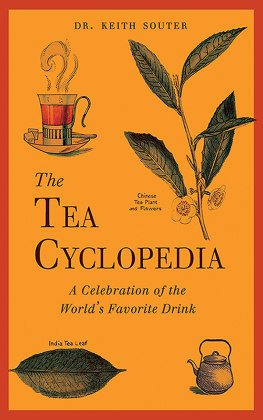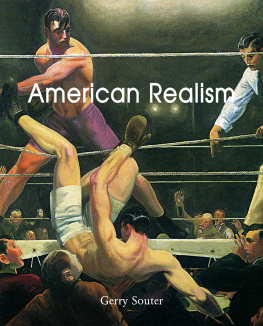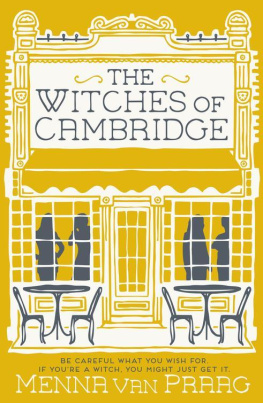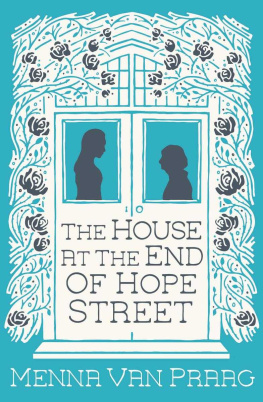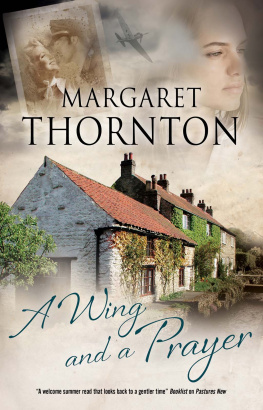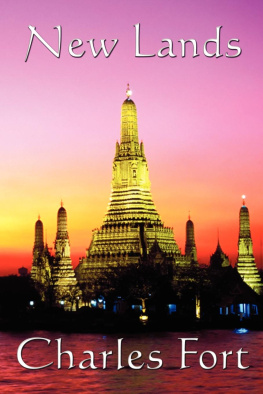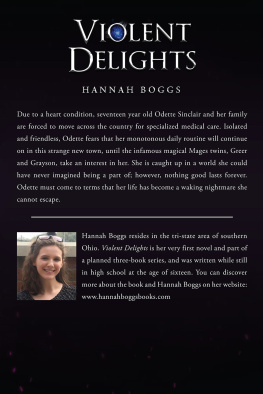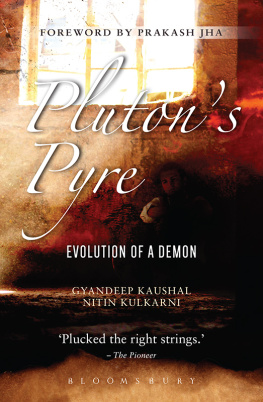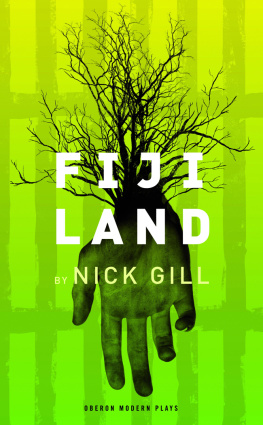
The
TEA
CYCLOPEDIA
The
TEA
CYCLOPEDIA
A Celebration of the Worlds Favorite Drink
Dr. Keith Souter

SKYHORSE PUBLISHING
Copyright 2013 by Keith Souter
All Rights Reserved. No part of this book may be reproduced in any manner without the express written consent of the publisher, except in the case of brief excerpts in critical reviews or articles. All inquiries should be addressed to Skyhorse Publishing, 307 West 36th Street, 11th Floor, New York, NY 10018.
Skyhorse Publishing books may be purchased in bulk at special discounts for sales promotion, corporate gifts, fund-raising, or educational purposes. Special editions can also be created to specifications. For details, contact the Special Sales Department, Skyhorse Publishing, 307 West 36th Street, 11th Floor, New York, NY 10018 or .
Skyhorse and Skyhorse Publishing are registered trademarks of Skyhorse Publishing, Inc., a Delaware corporation.
Visit our website at www.skyhorsepublishing.com.
10 9 8 7 6 5 4 3 2 1
Library of Congress Cataloging-in-Publication Data
Souter, Keith M.
The tea cyclopedia : a celebration of the worlds favorite drink / Keith Souter.
pages cm
ISBN 978-1-62873-548-2 (hardcover : alk. paper) 1. Tea--History--Encyclopedias. 2. Tea--Social aspects--Encyclopedias. I. Title.
GT2905.S64 2013
394.1503--dc23
2013027917
Printed in the United States of America
For Ruth, who knows how to make a great cup of tea.
With happy memories of many pots shared together.
A Personal Toast to Judge Dee, a Great Tea Drinker
I ADORE TEA.
There, I admit this from the start. I have enjoyed drinking tea all my life in all of its forms, and as a doctor, I have kept an avid interest in the research that keeps coming out and which suggests that the ancient Chinese were quite correct in their assertion that tea is an herb with great medicinal potential.
In addition to being a doctor, I am a teller of mysteries, a crime writer. I write cozy detective stories in the tradition of Agatha Christie and young adult mysteries set during the Victorian era, which were inspired by reading stories about Sherlock Holmes by Sir Arthur Conan Doyle. Yet my greatest influence as a writer was a Dutch diplomat by the name of Robert van Gulik. I first discovered one of his novels in a market in a sleepy English town when I was twelve years old. The book was The Chinese Maze Murders, a novel about the real-life Tang dynasty master-detective Judge Dee.
I loved that book and its rich descriptions of life in China in the seventh century. It certainly shaped my reading interests for many years, and it inspired me to become a mystery writer myself. Even as I sit here in my study penning these words with a pot of oolong tea by my side, I am transported back to those amazing times, to the orange grove where the great detective sips tea and works out the trail of clues that lead him to solve the case.
Tea was an important part of Judge Dees life, just as it has been an integral part of mine. I have studied tea in all its forms and functions, written about it many times in my weekly newspaper column, and, like Robert van Gulik, have woven it into my own crime novels. My Scottish detective, Inspector Torquil McKinnon, is a tea enthusiast, as are most of the good folk of West Uist, the Outer Hebridean island on which my novels are set. Yet in the back of my mind I wanted to do more than write about tea in passing. I had a desire to write a book that would be a toast to this great drink that the ancient Chinese gave to the world. And now, with The Tea Cyclopedia, I thank the Emperor Shen Nong for discovering tea, and I thank Robert van Gulik and Judge Dee Djeng for being the first to infuse my interest in tea.
Keith Souter
Wakefield, UK
Pre-taste
T EA IS THE MOST POPULAR DRINK IN THE WORLD, NEXT to water. That might sound rather amazing, yet its true. More tea is drunk than all the coffee, cocoa, soft drinks, and alcohol put together. That means a lot of people are drinking it in countries around the world, every second of the day.
The United Kingdom is one of the largest per capita tea-drinking nations in the world. According to the United Kingdom Tea Council, the British consume a staggering 60.2 billion cups a year, each person drinking on average four cups a day. The majority of this is taken as black iced tea, the first great tea innovation that America gave to the world, and 65 percent of the tea consumed worldwide is made with that other great American invention, the tea bag.
China is the largest tea producer in the world, and Japan is renowned for its tea ceremony, yet they are surprisingly low in their tea consumption. Neither is in the top ten tea-drinking countries in the world.
There are over 1,500 different teas to choose from, produced by 25 tea-growing nations. That means that there are a whole lot of different flavors to choose from. Yet apart from its flavor there seem to be many reasons for teas popularity. Tea drinking is almost a way of life for vast numbers of people. It is a love, an addiction, and even a philosophy. Tea has united people in times of adversity, yet it has also divided nations, caused revolutions, and indirectly led to wars. It is therefore probably true to say that many storms have had their origin in the teacups of the world.
Different cultures have developed their own ways of drinking this beloved beverage and have created various rituals of tea drinkingfrom the highly organized Japanese tea ceremony, which can take several hours, to the brewing of the chai urn in rural India, to the quick mashing of the morning cuppa in Britain. All of these methods are not only fascinating, but can also be great fun to experiment with. Not only that, but for centuries, tea has been extolled as a health giving drink. Now, medical science has started to put these alleged health giving qualities to the testwith very encouraging results.
The book naturally falls into three parts. Part One is about the history of tea, from its beginnings in China and its spread around the world to its use as a precious taxable commodity and its counterpart as black market contraband that has fuelled skirmishes, battles, and wars. Part Two delves into taking tea, the rituals and ceremonies, and some of the accompaniments that go well with this wonderful drink. Finally, Part Three tackles the uses of tea as a drink that may have benefits for your health, its use in cocktails, some science experiments that you can conduct in the comfort of your own kitchen, andif you are curious about the futurea chapter on tasseography, or teacup fortune-telling. This tea cyclopedia may do more than whet your appetite for tea; it may begin a complete obsession.
PART ONE

THE HISTORY OF TEA
Chapter One
The Name for Tea

Whats in a name? that which we call a rose
By any other name would smell as sweet;
William Shakespeare (15641616), Romeo and Juliet
I N ENGLISH, TEA IS A NEAT, SHORT WORD, BUT IT HAS BEEN spelled differently throughout its long history. It has been called tea, tee, tcha, chaw, and other variants. Its origin is actually quite interesting and has been extensively studied by linguistic scholars as it reflects the plant and the way that the drink spread across the world.
Next page
